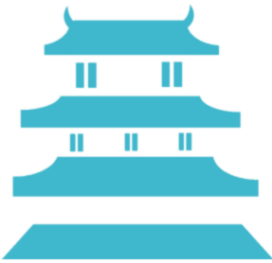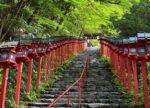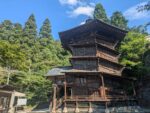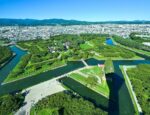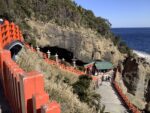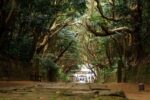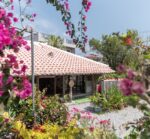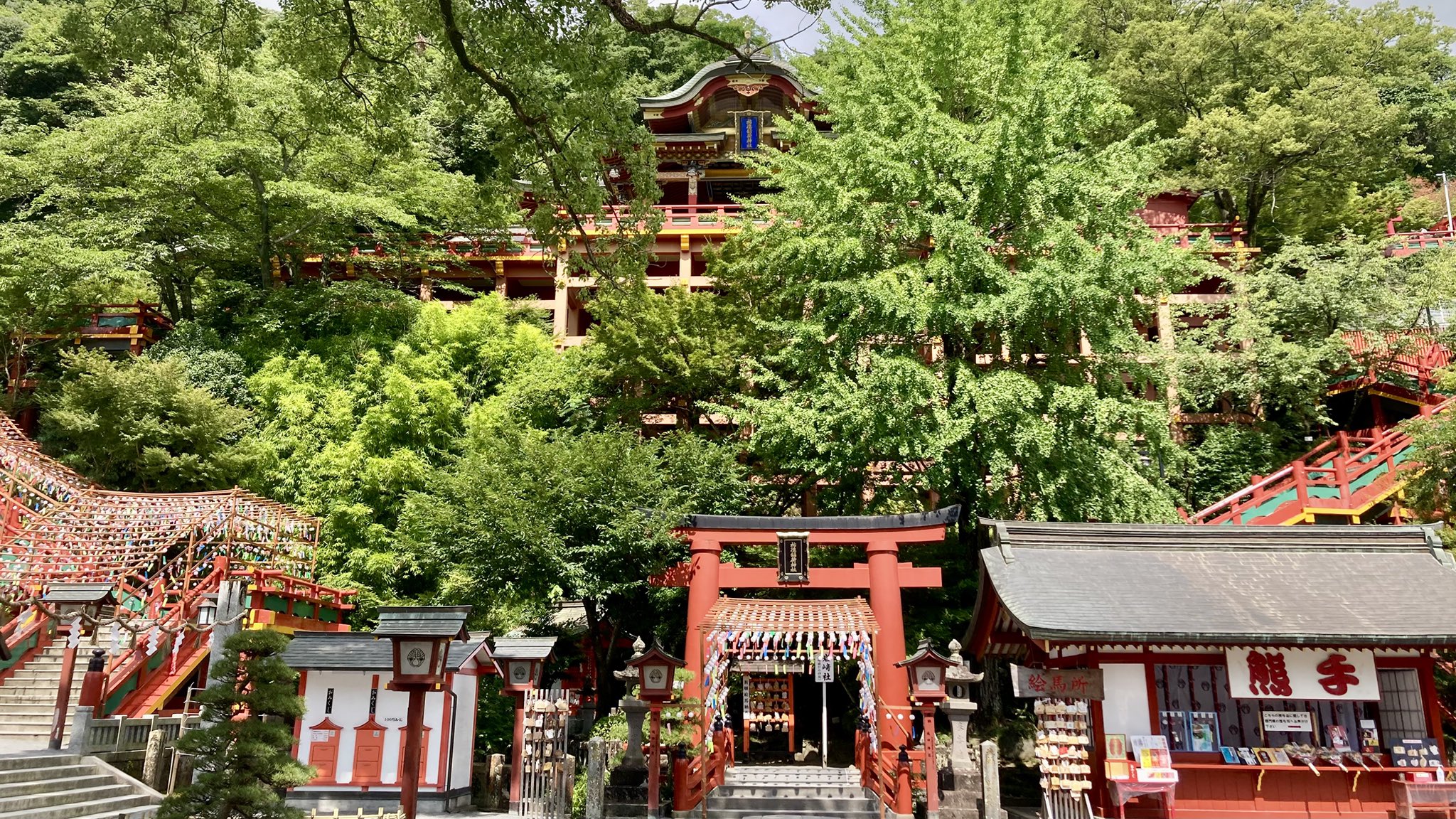
A Brief History
Yūtoku Inari Shrine, located in Kashima City, Saga Prefecture, was established in 1687 by the wife of the ruling Nabeshima lord. It enshrines Inari Ōkami, the deity of prosperity, agriculture, business success, and good fortune.
It is widely regarded as one of Japan’s three major Inari shrines, alongside Fushimi Inari in Kyoto and Kasama Inari in Ibaraki. Due to its lavish architecture and mountain backdrop, it is also called the “Nikko of the West.”
Highlights of the Shrine
- Stunning Main Shrine and Gate
The vividly vermillion-lacquered buildings are perched dramatically on a hillside, creating a breathtaking sight that blends harmoniously with the natural surroundings. - Tunnel of Torii Gates and the Inner Shrine
A path lined with red torii gates leads to the Inner Shrine (Oku-no-in) further up the mountain. The panoramic view of the Ariake Sea from there is a must-see. - Seasonal Beauty
The shrine is surrounded by cherry blossoms in spring, lush greenery in summer, colorful foliage in autumn, and a peaceful snowy scene in winter—making it picturesque year-round. - Romance Spot: Iwasaki Shrine
This small shrine within the grounds is popular among young couples praying for love and happy relationships. Heart-shaped ema (votive plaques) can be found hanging around. - Yūtoku Museum
Located inside the shrine grounds, the museum exhibits samurai armor, swords, and traditional crafts, including the local Nishiki weaving. - Nighttime Illumination
The shrine is sometimes beautifully illuminated at night during special events, offering a magical atmosphere.
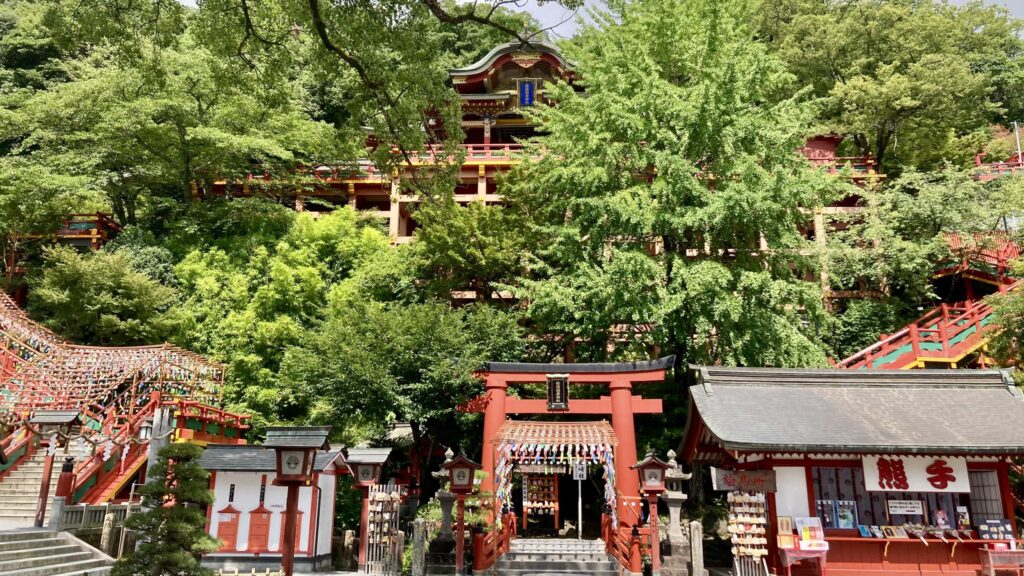
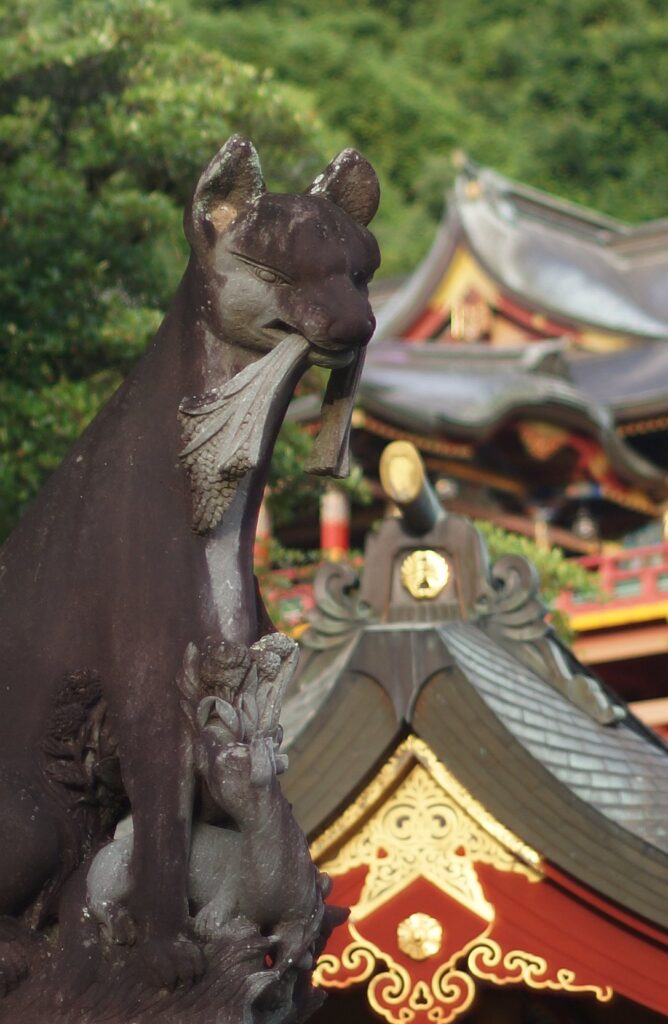
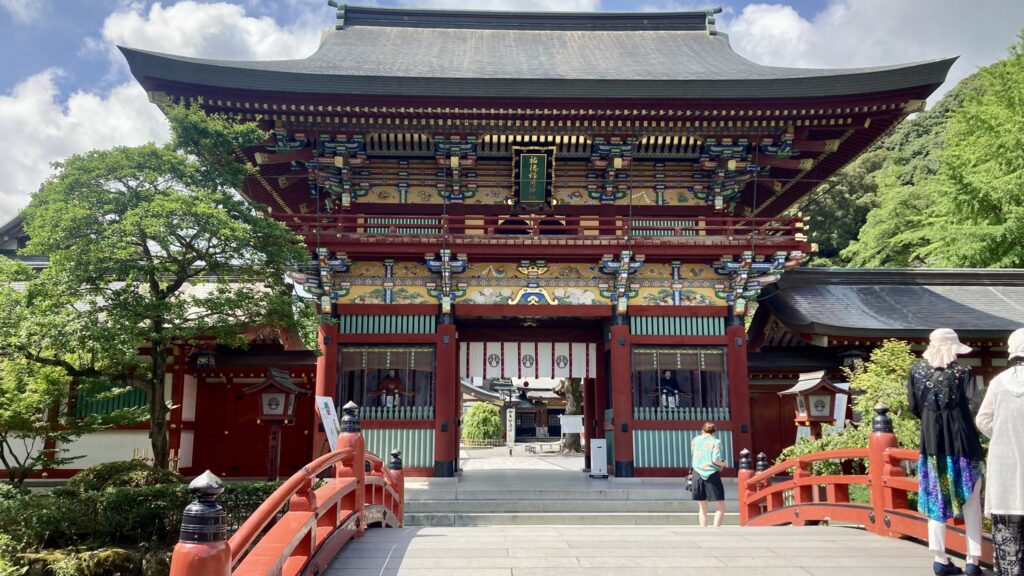
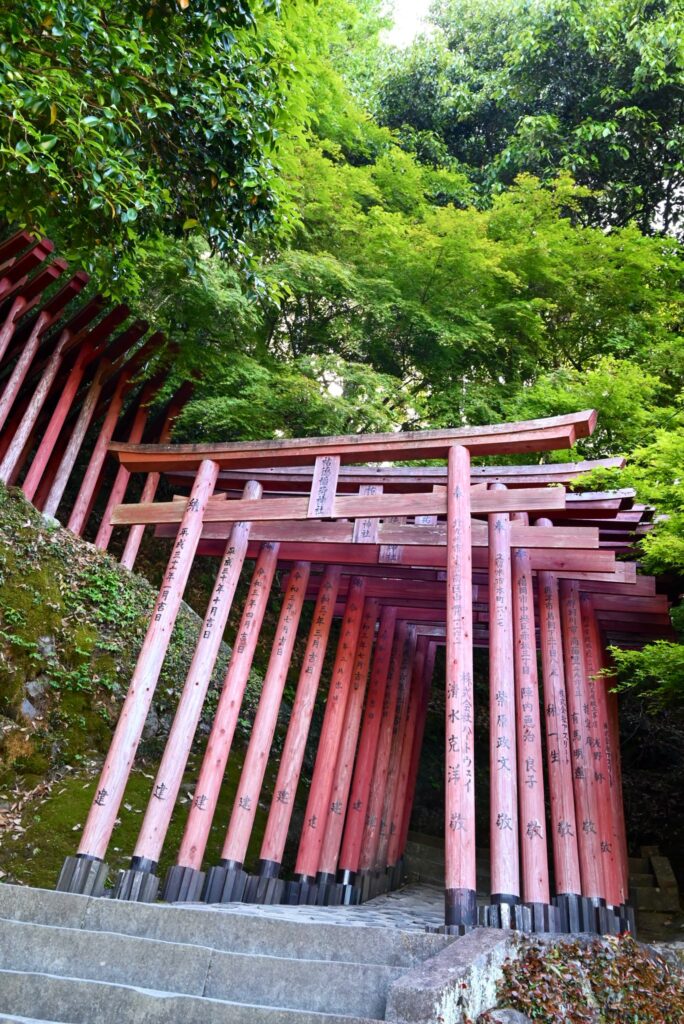
🎬 A Thai Drama Filming Location
Yūtoku Inari Shrine gained popularity in Thailand as a filming location for the Thai movie “Timeline” (2014) and the Thai drama “Stay Saga” (2015). This brought a wave of Thai visitors eager to retrace the steps of their favorite characters. The shrine continues to be a beloved destination for Thai fans of Japanese culture.
Access
- By Train + Bus
From JR Hizen-Kashima Station, take the Yutoku Bus (approx. 10 minutes) and get off at “Yūtoku Jinja-mae”. The shrine is a 5-minute walk from the bus stop. - By Car
About 30–40 minutes from the Takeo-Kitagata IC or Ureshino IC on the Nagasaki Expressway. Parking for approximately 3,000 vehicles is available. - By Taxi or Bicycle
From JR Hizen-Hama Station, you can take a taxi (~8 minutes) or rent a bicycle (~15 minutes) for a scenic ride.
Visitor Info
| Item | Details |
|---|---|
| Admission | Free (Main shrine), Museum: ¥300 (adults) |
| Hours | Open year-round |
| Accessibility | Elevator available to main shrine (fee required) |
| Souvenirs | Try the local specialty, Inari Yokan (sweet bean jelly), from nearby shops along the approach to the shrine |
Why Visit?
- Perfect for Instagram-worthy photos
- A peaceful spiritual retreat with deep cultural roots
- Easy access from Fukuoka and Nagasaki
- Great for combining with nearby attractions like Ureshino Onsen and Hizen-Hama historic district
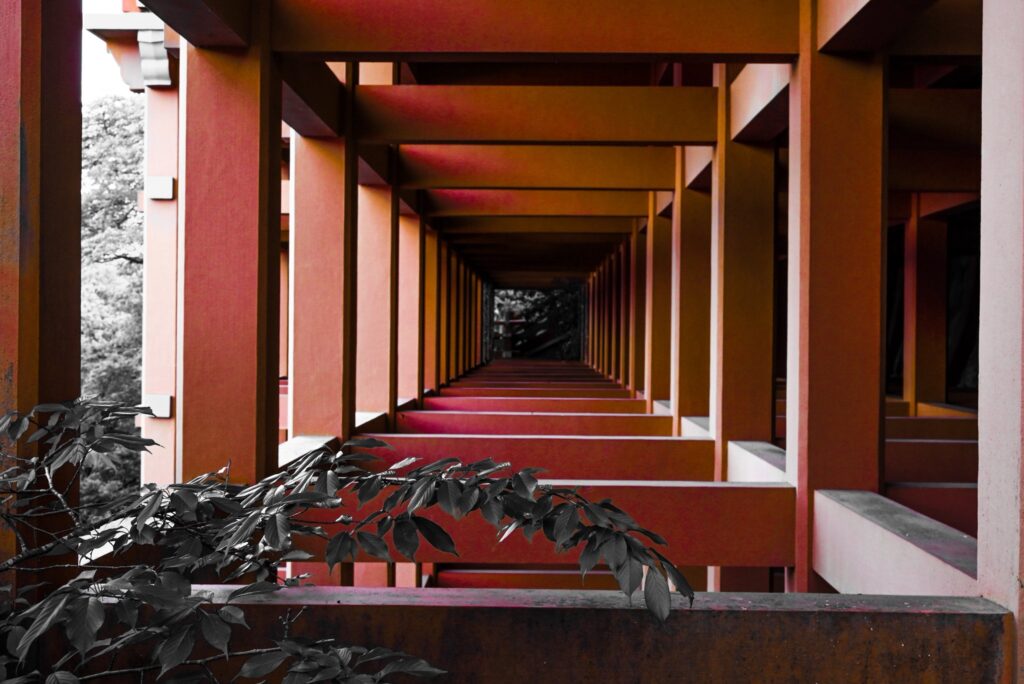
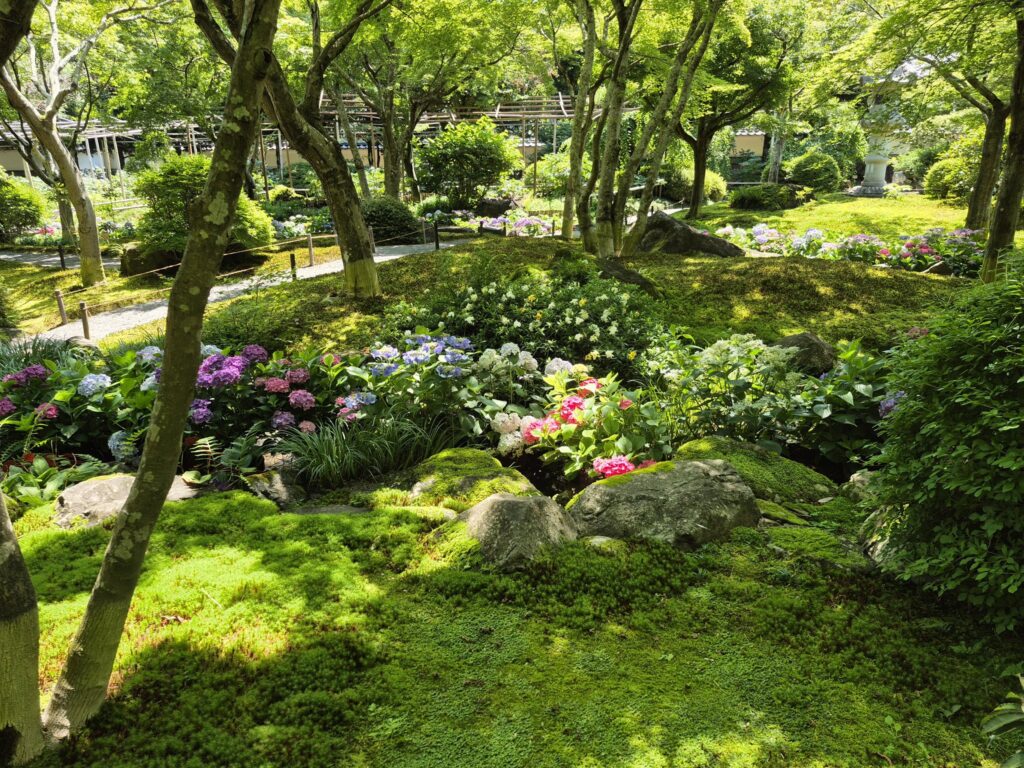
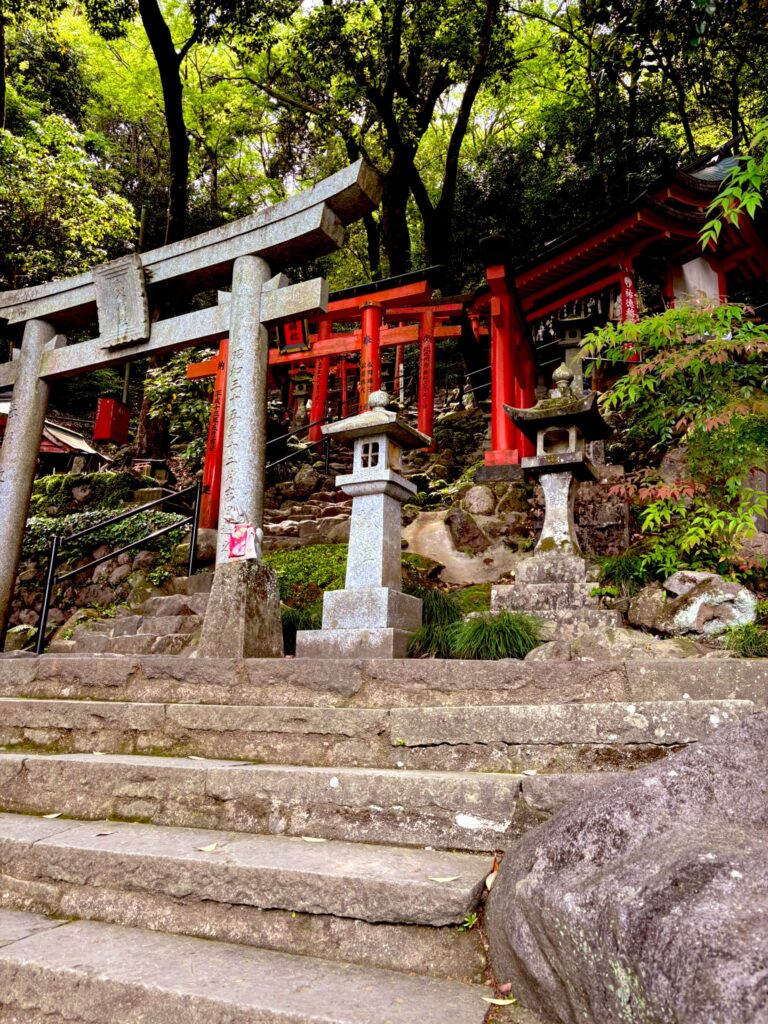
If you’re planning a trip to Kyushu, Yūtoku Inari Shrine offers a rare blend of history, beauty, and international charm. Whether you’re a fan of Japanese spirituality, photography, or even Thai drama, this shrine will leave a lasting impression.
Let me know if you’d like this formatted for a blog or travel guide!art and soul of this charming prefecture. Whether you’re wandering through Saga City, stopping by Kiyama, or exploring Tosu, these three restaurants offer a taste of the region’s best. Be sure to bring your appetite and savor the unique flavors of Saga!
